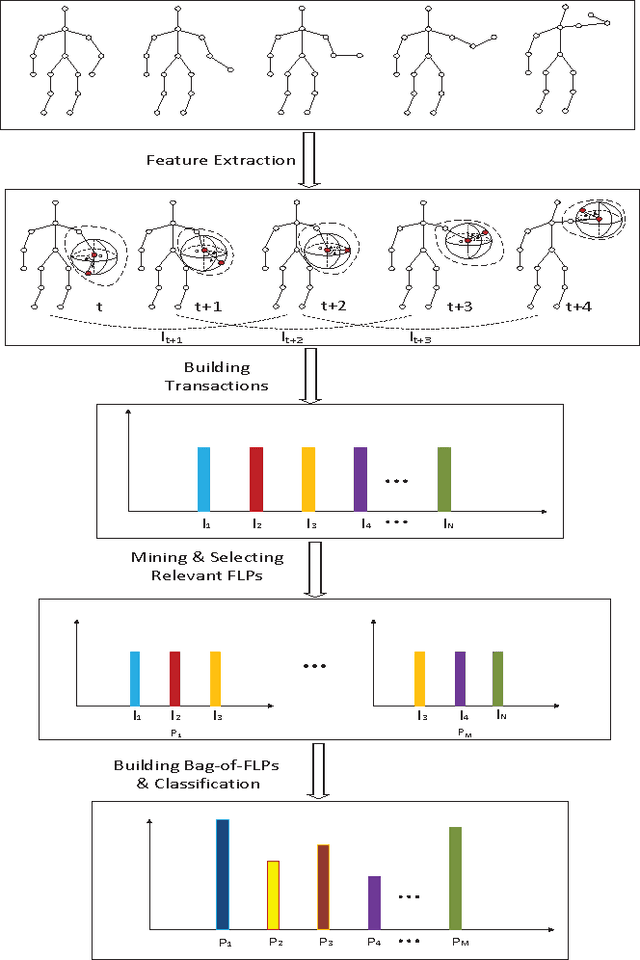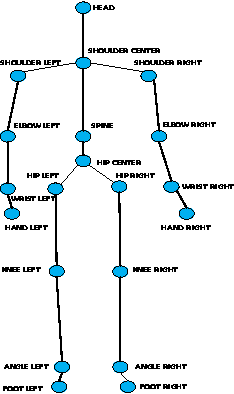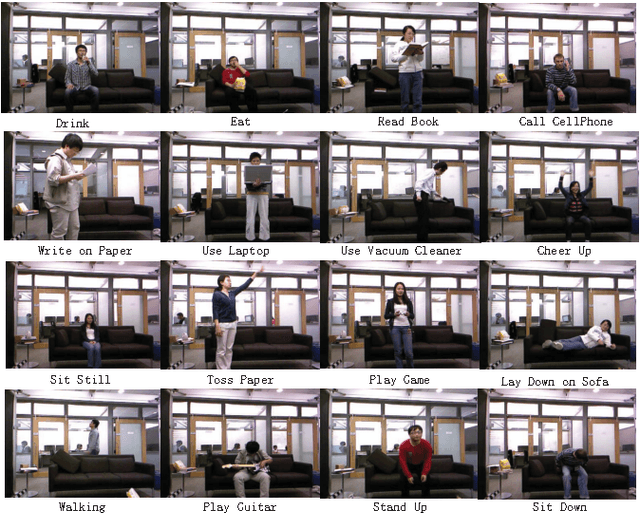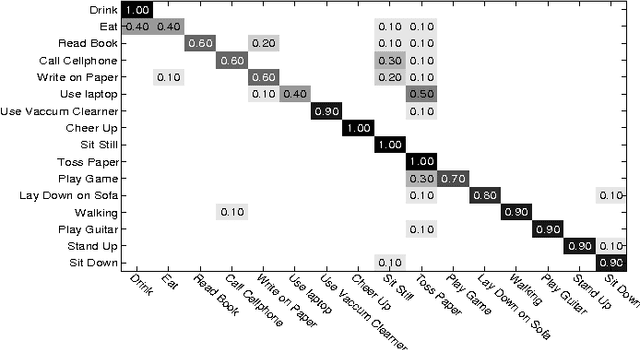Mining Mid-level Features for Action Recognition Based on Effective Skeleton Representation
Paper and Code
Sep 14, 2014



Recently, mid-level features have shown promising performance in computer vision. Mid-level features learned by incorporating class-level information are potentially more discriminative than traditional low-level local features. In this paper, an effective method is proposed to extract mid-level features from Kinect skeletons for 3D human action recognition. Firstly, the orientations of limbs connected by two skeleton joints are computed and each orientation is encoded into one of the 27 states indicating the spatial relationship of the joints. Secondly, limbs are combined into parts and the limb's states are mapped into part states. Finally, frequent pattern mining is employed to mine the most frequent and relevant (discriminative, representative and non-redundant) states of parts in continuous several frames. These parts are referred to as Frequent Local Parts or FLPs. The FLPs allow us to build powerful bag-of-FLP-based action representation. This new representation yields state-of-the-art results on MSR DailyActivity3D and MSR ActionPairs3D.
 Add to Chrome
Add to Chrome Add to Firefox
Add to Firefox Add to Edge
Add to Edge